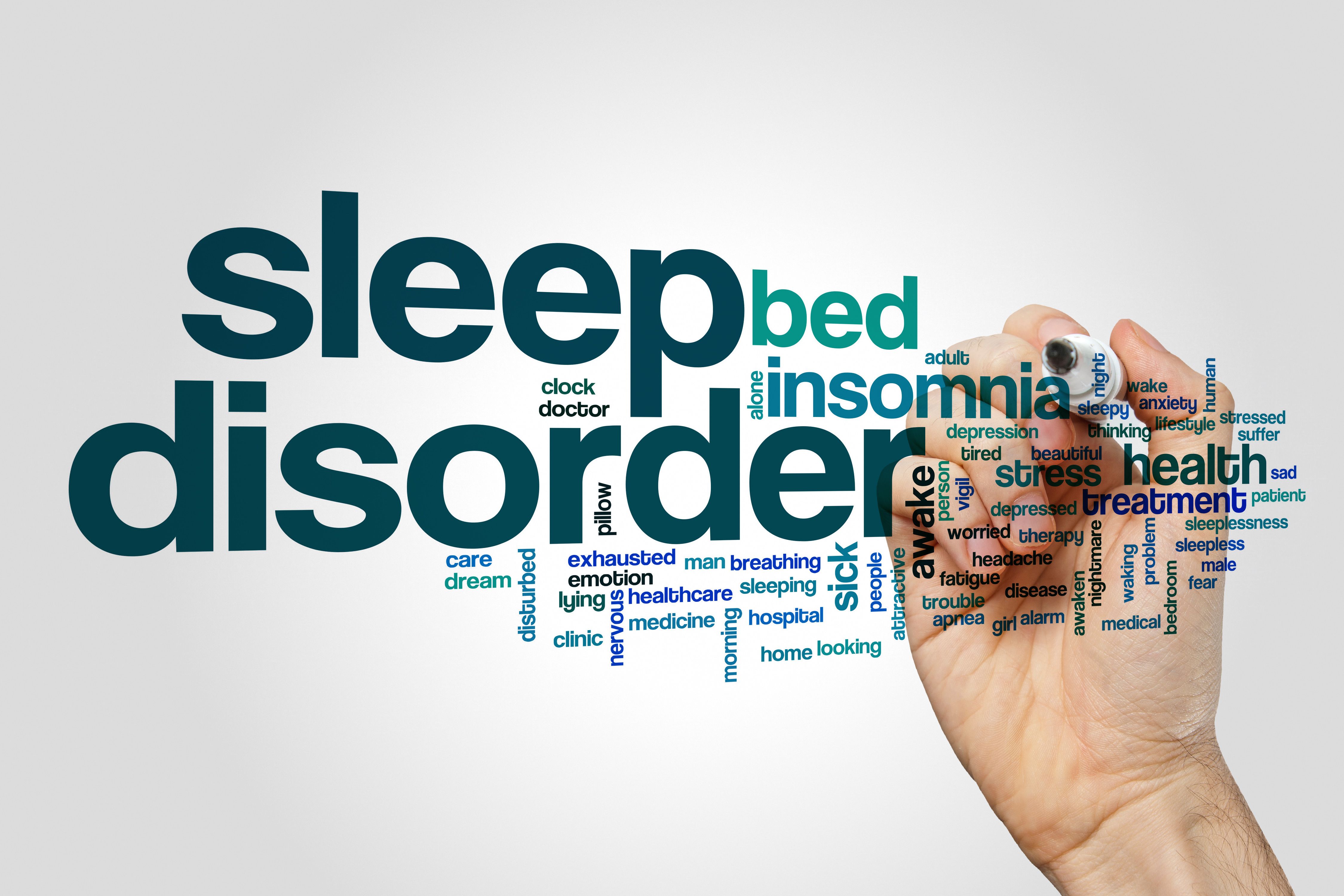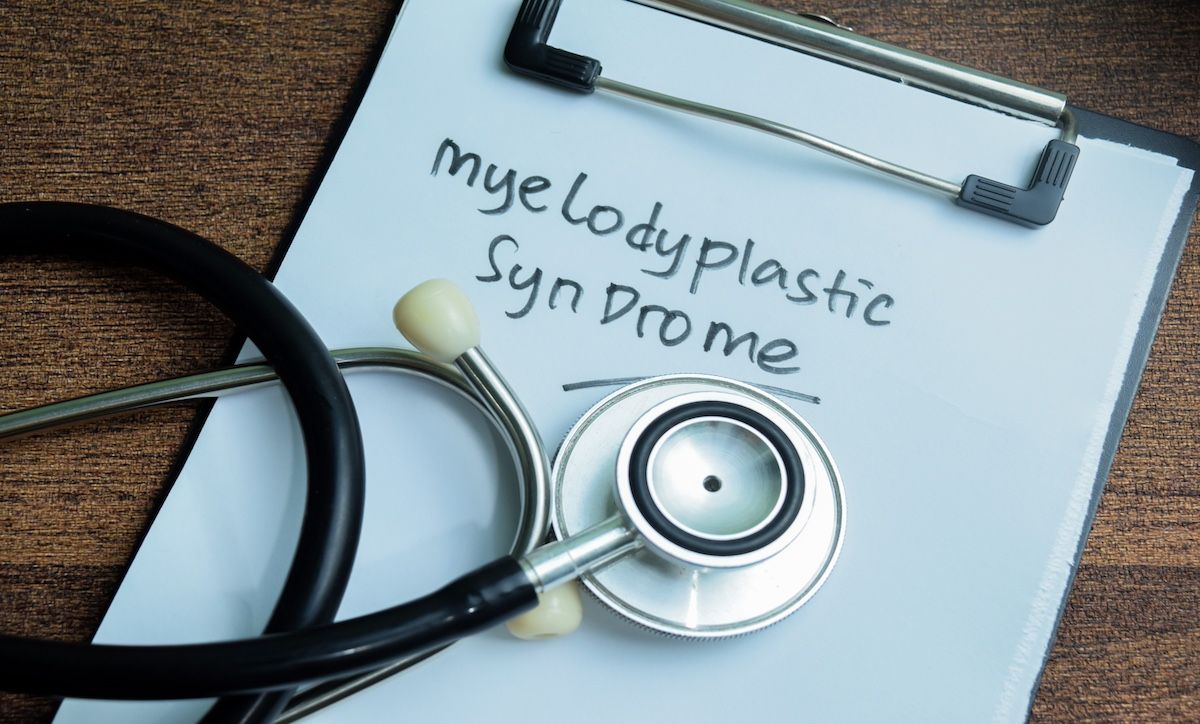News
Article
Multiple Sleep Latency Test Aids in Diagnosis of Central Hypersomnia
Author(s):
A cluster analysis demonstrated the potential for the Multiple Sleep Latency Test (MSLT) to aid in the diagnosis of central hypersomnia and distinguish between idiopathic hypersomnia subgroups.
The Multiple Sleep Latency Test (MSLT) has demonstrated promise for diagnosing central hypersomnia and potentially identifying idiopathic hypersomnia subgroups, according to a study published in Frontiers Psychiatry.
Sleep Disorders Graphic | image credit: ibreakstock - stock.adobe.com

Central hypersomnia, including narcolepsy types 1 and 2 (NT1, NT2) and idiopathic hypersomnia (IH), is the main driver of excessive daytime sleepiness (EDS), which is symptomatic of multiple sleeping disorders. To date, the pathophysiology of disorders such as NT1 are well-understood and characterized; however, there is insufficient knowledge documenting the characteristics of IH and NT2. This gap of knowledge creates obstacles for diagnosing central hypersomnia, as well as distinguishing between the disorders within this classification.
The MSLT is a validated, useful tool for evaluating the features and symptoms of central hypersomnia. This measure assesses how easy it is for one to fall asleep to represent EDS severity. Over the course of 4-5 naps, the MSLT derives a mean sleep latency (mSL) to draw conclusions, with an mSL of 8 minutes constituting the threshold for diagnosing central hypersomnia. There are additional parameters to the MSLT that the authors of the present study deemed underutilized in clinical decision-making that could aid in the differentiation of central hypersomnia: incidence of the sleep-onset rapid eye movement period (SOREMP, which is a measure of NT1 and NT2), as well as sleep latency variation and absolute length of msL.
To expand on the literature regarding central hypersomnia, the researchers conducted a study using the underutilized measures of the MSLT with hopes of distinguishing central hypersomnia. Additionally, the team used these MSLT parameters to learn about the presence of attention deficit hyperactive disorder (ADHD) in their patients because, they added, ADHD can often be tangled up with sleep disorders such as EDS. Elucidating this relationship further could aid clinical understandings of the impacts of coexisting ADHD in sleep health.
Data were gathered between January 2020 and December 2021 from patients with EDS at the Sunao Clinic, Saitama, Japan, who had MSLT.
A total of 200 patients were eligible for the analysis. From this group, there were 139 patients with a central hypersomnia diagnosis, of which there were 97 with IH, 25 with NT2, and 17 with NT1, respectively. The 61 other patients did not meet the central hypersomnia criteria. Additionally, 93 patients were diagnosed with ADHD and the remaining 107 were classified as typically developing.
In their analysis, the researchers distinguished 9 clusters. Within Clusters 1 and 3, there was a large proportion of MSLT-positive results. The entirety of Cluster 2 was MSLT-positive. A mix of results were observed in Cluster 7 and results were predominantly MSLT-negative throughout Clusters 4, 5, 6, 8, and 9. The authors noted a high degree of variability in hypersomnia diagnosis within Clusters 1, 2, 3, and 7. Furthermore, there was a significant association between individuals in Cluster 2 and a diagnosis of NT1 and NT2 (P < .005).
There was not a significant relationship between ADHD diagnoses and an individual’s sleep latency pattern; however, the authors noted that they found some hints that ADHD could influence these patterns. Nor was the cluster analysis able to differentiate between IH and NT2.
As the authors concluded, they emphasized the potential for unused MSLT parameters to aid in the identification of subgroups of idiopathic hypersomnia. For future studies, larger cohorts with a greater proportion of participants with ADHD should be considered to broaden clinical understandings of the relationship between ADHD and sleep patterns.
Reference
Maruo T, Takagi S, Uchida S, Takahashi H, Sugihara G. Temporal patterns of sleep latency in central hypersomnia and attention deficit hyperactivity disorder: a cluster analysis exploration using Multiple Sleep Latency Test. Front Psychiatry. 2024;15:1361140. doi:10.3389/fpsyt.2024.1361140




